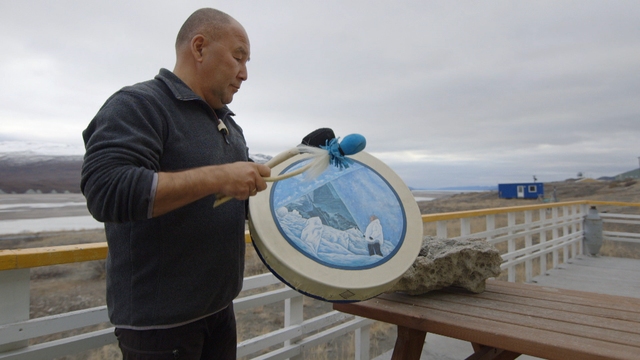On Top Of The World
Climate change's surprising effect on the world's largest island
 Greenland’s melting season starts earlier and finishes later than it used to, bringing some major changes to the Arctic island. How are the locals dealing with the shift, and is there any upside?
Greenland’s melting season starts earlier and finishes later than it used to, bringing some major changes to the Arctic island. How are the locals dealing with the shift, and is there any upside?
“If you were to melt the whole Greenland ice sheet here, we’re talking about around seven metres sea level rise”, says Thomas Juul-Pedersen, a senior scientist at the Greenland Climate Research Centre. “There’s always been a melting season, but that melting season seems to dramatically increase", he says. Since the 1950s, the island's average temperature has risen 1.5 degrees, bringing droughts and even tundra fires. Now vast swathes of sandy desert sit alongside rapidly melting ice. "It hurts the heart", says Inuit photographer Adam Lyberth, who has spent 35 years documenting the changing landscape. But while Greenland's shifting seasons present a huge worldwide threat, for some on the island the warmer summers are a welcome change. "Climate change takes many surprising ways", says Teunis Jansen, who notes that the first mackerel was caught in Greenland in 2011. To give an indication of the speed of Greenland's climate change, within just a few years there were 85,000 tonnes of the warm water fish. "It corresponds to about 20-24% of the national export of Greenland", says Jansen.
FULL SYNOPSIS

